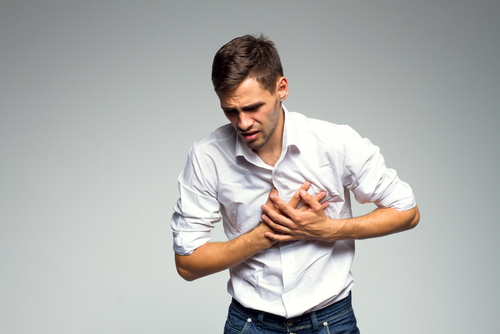DIAGNOSIS
Your doctor will conduct a physical examination, take your medical history, and ask when your symptoms occur. He may order a range of tests that include:
- Chest x ray is a painless test that can show whether your heart is enlarged.
- Echocardiogram uses sound waves to produce images of your heart. Your doctor can use these images to examine the size and function of your heart and its motions as it beats. This test checks your heart valves and helps your doctor determine the cause of your symptoms.
- Electrocardiogram (ECG). An electrocardiogram records electrical signals as they travel through your heart. It is the most common test used to diagnose arrhythmias. An ECG can show disturbances in the electrical activity of your heart, which can detect abnormal heart rhythms and areas of injury.
- Treadmill stress test. Your heart rhythm, blood pressure and breathing are monitored while you walk on a treadmill. Your doctor may recommend a treadmill stress test to evaluate symptoms, determine your exercise capacity and determine if exercise provokes abnormal heart rhythms.
- Cardiac catheterization. In this procedure, a thin tube (catheter) is inserted in your groin and threaded through your blood vessels to your heart. Doctors may extract a small sample (biopsy) of your heart for analysis in the laboratory. Pressure within the chambers of your heart can be measured to see how forcefully blood pumps through your heart.
Doctors may inject a dye into your blood vessels to help your blood vessels show up on X-rays (coronary angiogram). This test may be used to ensure that you do not have any blockages in your blood vessels.
TREATMENT
The overall goals of treatment are to manage signs and symptoms, prevent worsening of the condition, and reduce the risk of complications. Treatment depends on the type of cardiomyopathy, and includes lifestyle changes, medications, devices and surgery.


